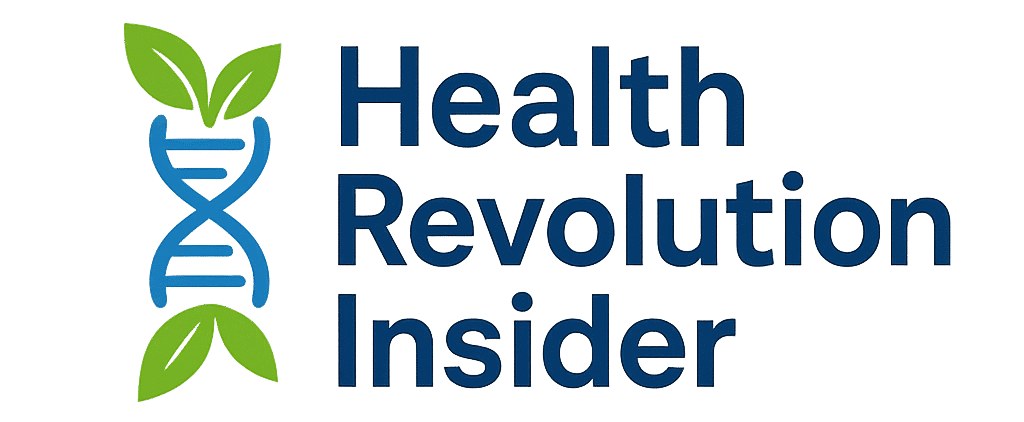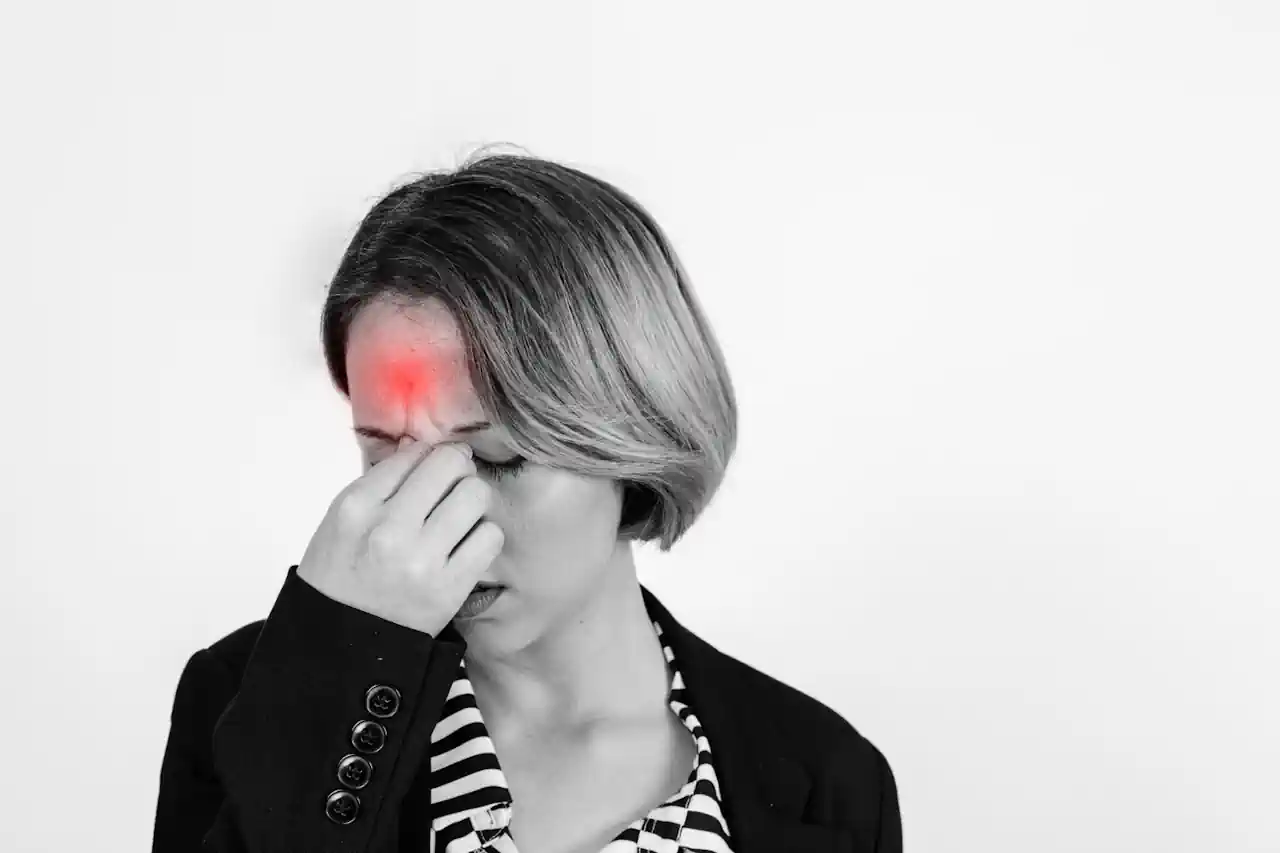Headaches are a common ailment experienced by people of all ages and backgrounds. While they can occur for various reasons, one particularly bothersome type of headache is the one located behind the eyes. This type of headache can be debilitating and affect a person’s daily life. In this article, we will explore the causes, symptoms, and potential treatments for headaches behind the eyes.
Causes of Headaches Behind the Eyes
Tension Headaches
- Cause: Tension headaches often result from muscle tension and stress. The muscles around the head, face, and neck can become tight, leading to discomfort and pain. This tension can radiate to the back of the eyes.
- Symptoms: A dull, aching pain is common in tension headaches. It typically feels like a band is squeezing the head and may extend to the back of the eyes.
Sinusitis-Related Headaches
- Cause: Sinusitis, or inflammation of the sinus cavities, can cause headaches behind the eyes. When the sinuses become congested or infected, they can put pressure on the surrounding areas, including the eyes.
- Symptoms: Sinusitis-related headaches are often accompanied by symptoms like nasal congestion, facial pain, and thick nasal discharge.
Eye Strain
- Cause: Extended periods of reading, staring at screens, or performing close-up tasks can strain the eye muscles. This strain can lead to discomfort and pain around the eyes.
- Symptoms: Eye strain headaches typically involve aching around the eyes, sometimes with a feeling of heaviness or pressure.
Migraines
- Cause: Migraines are complex neurological conditions with various triggers, including hormonal changes, certain foods, stress, and sensory stimuli. Migraine headaches can cause pain behind the eyes and are often associated with visual disturbances.
- Symptoms: Migraine headaches behind the eyes are characterized by throbbing or pulsating pain, sensitivity to light (photophobia), and sometimes visual disturbances like auras.
Cluster Headaches
- Cause: Cluster headaches are extremely painful and are believed to be related to abnormalities in the hypothalamus. These headaches can cause intense pain behind one eye and often occur in clusters, sometimes at the same time of day or night.
- Symptoms: Cluster headaches are often accompanied by symptoms such as redness and tearing of the eye on the affected side, nasal congestion, and agitation.
Referred Pain
- Cause: Sometimes, the source of head pain may not be directly behind the eyes but could originate from another part of the head or neck. Pain can be referred to the eye area, making it important to identify the actual source of discomfort.
- Symptoms: Referred pain may present as a headache behind the eyes, but it may not respond to treatments targeting eye-related issues.
Understanding the specific cause of a headache behind the eyes is crucial for effective treatment. If you experience frequent or severe headaches of this nature, consulting a healthcare professional is advisable. They can conduct a thorough evaluation to diagnose the underlying cause and recommend appropriate treatment options.
Symptoms of Headaches Behind the Eyes
Aching or Throbbing Pain
- Description: The most common and prominent symptom of headaches behind the eyes is aching or throbbing pain. This pain is often localized behind one or both eyes and can vary in intensity from mild to severe.
- Characteristics: The pain is typically dull and persistent in tension headaches, while in migraines and cluster headaches, it can be more intense and pulsating.
Sensation of Pressure or Tightness
- Description: Many individuals with headaches behind the eyes describe a sensation of pressure or tightness. It can feel as if there is a band or vise-like grip around the head, including the area behind the eyes.
- Characteristics: This pressure or tightness is a common feature of tension headaches and can be associated with eye strain as well.
Eye Redness and Tearing (Cluster Headaches)
- Description: Cluster headaches, a specific type of headache, often cause redness and tearing of the eye on the affected side.
- Characteristics: These symptoms are more pronounced during a cluster headache attack and can be accompanied by nasal congestion and restlessness.
Visual Disturbances (Migraines)
- Description: Migraine headaches can lead to visual disturbances, often referred to as “auras.” These visual disturbances may occur before or during the headache and can affect the area behind the eyes.
- Characteristics: Auras can include visual phenomena such as flashing lights, zigzag lines, blind spots, or shimmering lights. Not all migraine sufferers experience auras, but when present, they are characteristic of migraines.
Nasal Congestion and Facial Pain (Sinusitis-Related Headaches)
- Description: Headaches caused by sinusitis are typically accompanied by nasal congestion and facial pain, in addition to the pain behind the eyes.
- Characteristics: The pain is often localized to the forehead, cheeks, or upper teeth and can radiate to the eye area due to the proximity of the sinuses.
Referred Pain
- Description: In some cases, pain from another part of the head or neck can be perceived as originating behind the eyes. This is referred pain.
- Characteristics: Referred pain can be confusing, as it may feel like a headache behind the eyes but actually originates from a different source. Identifying the true source of the pain is essential for accurate diagnosis and treatment.
It’s important to note that the specific symptoms can vary depending on the underlying cause of the headache behind the eyes. Accurate diagnosis and appropriate treatment depend on a thorough evaluation by a healthcare professional, considering the unique characteristics of the headache and any associated symptoms. If you experience persistent or severe headaches behind the eyes, consult a healthcare provider for guidance and management.
Treatment and Management
1. Tension Headache:
- Treatment:
- Over-the-Counter Pain Relievers: Non-prescription pain relievers such as ibuprofen, acetaminophen, or aspirin can help alleviate mild to moderate tension headaches.
- Rest and Relaxation: Stress management techniques, including relaxation exercises, deep breathing, and adequate sleep, can reduce tension and prevent future headaches.
- Management: Practicing good posture, regular exercise, and stress reduction strategies can help manage and prevent tension headaches.
2. Sinusitis-Related Headache:
- Treatment:
- Decongestants: Over-the-counter or prescription decongestants can help relieve nasal congestion and reduce sinus pressure.
- Nasal Sprays: Saline nasal sprays can provide relief by moisturizing nasal passages.
- Antibiotics (if bacterial infection is present): A healthcare provider may prescribe antibiotics to treat sinusitis caused by a bacterial infection.
- Management: Use a humidifier, maintain good nasal hygiene, and avoid irritants like smoke or allergens to prevent sinusitis.
3. Eye Strain-Related Headache:
- Treatment:
- Rest the Eyes: Take regular breaks from screens and close-up tasks to rest your eyes.
- Proper Lighting: Ensure proper lighting conditions when reading or using electronic devices.
- Computer Glasses: Consider using computer glasses with anti-reflective coatings to reduce eye strain.
- Management: Follow the 20-20-20 rule: Every 20 minutes, take a 20-second break to look at something 20 feet away.
4. Migraine:
- Treatment:
- Medications: Over-the-counter pain relievers (e.g., ibuprofen, aspirin) may help with mild migraines. Prescription medications such as triptans or preventive medications prescribed by a healthcare provider are often necessary for more severe migraines.
- Avoid Triggers: Identify and avoid migraine triggers, which can include certain foods, stress, hormonal changes, and sensory stimuli.
- Management: Maintaining a migraine diary, managing stress, regular sleep patterns, and staying hydrated can help prevent migraines.
5. Cluster Headache:
- Treatment:
- Oxygen Therapy: Inhaling pure oxygen through a mask can provide rapid relief during a cluster headache attack.
- Medications: Prescription medications like sumatriptan or ergotamine may help prevent or reduce the frequency and intensity of cluster headaches.
- Management: Cluster headaches can be challenging to manage, and individuals may need to work closely with a healthcare provider to develop a treatment plan tailored to their needs.
6. Referred Pain:
- Treatment: Identifying and treating the underlying source of referred pain is crucial. This may involve addressing neck or dental issues, among others.
- Management: Managing the underlying condition is key to preventing referred pain from causing headaches behind the eyes.
Always consult a healthcare professional for a proper diagnosis and guidance on the most suitable treatment and management strategies for your specific type of headache behind the eyes. In some cases, a combination of lifestyle modifications, medications, and preventive measures may be necessary to effectively manage and reduce the frequency of these headaches.
Headaches behind the eyes can be painful and disruptive to daily life. Understanding the potential causes and symptoms is the first step towards effective management and relief. If you experience frequent or severe headaches behind the eyes, it is advisable to consult a healthcare professional for a proper diagnosis and tailored treatment plan.
Sources
- Mayo Clinic. “Tension Headache.” https://www.mayoclinic.org/diseases-conditions/tension-headache/symptoms-causes/syc-20353977
- American Migraine Foundation. “What Is a Migraine?” https://americanmigrainefoundation.org/resource-library/what-is-migraine/
- American Academy of Ophthalmology. “Cluster Headaches.” https://www.aao.org/eye-health/diseases/cluster-headaches

